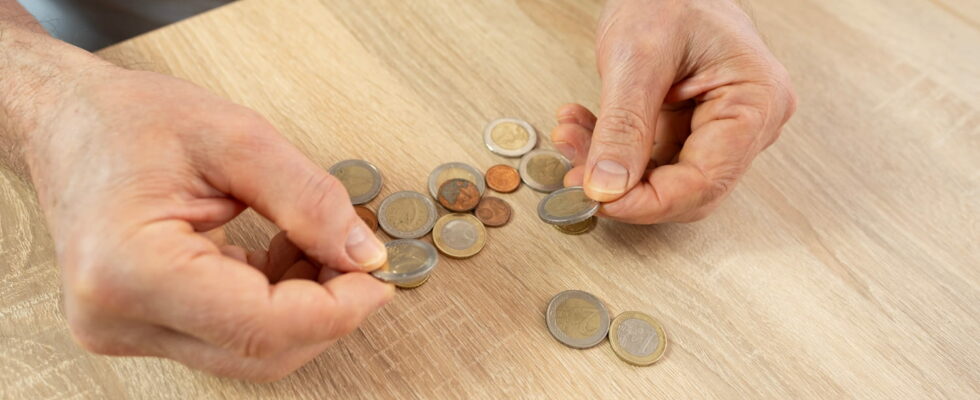These new coins have already been circulating in the European Union for several weeks.
It’s no longer quite fashionable, and yet. Today, wallets are much lighter than 50 years ago. The bank card has gradually replaced coins and even smartphones have taken over. From now on, we place our credit card or phone on a payment terminal more than we give change to pay. Even to simply buy a baguette or pay a bill for a few euros.
An increasingly common practice as evidenced by the figures: in France, only 14% of the population say they want to pay in cash if several payment methods are available to them, while 64% say they prefer a bank card. However, despite this study by the ECB, an almost permanent renewal of coins is taking place. And new ones have recently been put into circulation. They are already used and can be used to pay in all countries of the European Union.
First of all, Belgium celebrated its role as presidency of the European Council (1er January to June 30) with a special 2 euro coin: 27 swallows (number of countries in the European Union) were struck in this series, with a print run of 2 million copies.
Germany has created two new coins: one dedicated to the Land (region) of Mecklenburg-Western Pomerania, represented by the emblematic chalk cliffs of the island of Rügen; the second, celebrating the 175th anniversary of the Frankfurt Constitution with Saint-Paul’s Church and the words “Unity, Justice and Liberty”. Each has been published in 30 million copies.
Finally, it was Spain which also designed two special pieces. The first pays tribute to the national police, 200 years after its foundation. Its emblem was thus struck on a 2 euro coin. Furthermore, and perhaps the most unusual design among the coins, the kingdom chose the Royal Alcazar of Seville as the motif of a second series, to celebrate the recognition of the Andalusian capital as a site UNESCO World Heritage Site. These series are printed in 1.5 million copies each.
While the production of these new coins was launched at the start of the year, their circulation in the countries concerned but also throughout the European Union has begun. For the more observant, don’t worry if one of them comes into your hands: they are indeed valid. No miracle on the other hand for apprentice collectors, given their large print runs, they could only be worth a few euros more in a few years if you want to keep them carefully…
